Living things are all around us. Sometimes the living things we notice the most are animals, whether its birds chirping in the trees, our pet dogs, or even our fellow human beings. However, most living things are not animals - they include bacteria, archae, fungi, protists, and plants. These organisms are extremely important to learn about. They make life possible for animals, including human beings, by keeping soil ready for growth, and providing oxygen for our survival. No life would be possible without these remarkable organisms.
The prokaryotes, bacteria and archaea represent an amazingly diverse group of organisms only visible when one looks under a microscope. These single-celled organisms obtain energy and reproduce in a variety of ways.
Though some bacteria are harmful, causing disease, many are very helpful, providing the nitrogen we need to live and aiding in digestion. Archaea have been found in some of the most extreme environments on the planets, including environments that are remarkably hot or salty.
[am4show have='p8;p9;p27;p54;p78;' guest_error='Guest error message' user_error='User error message' ]
Here are a couple of videos that will give you a few ideas on how to view this amazing world using a compound microscope, UV light, and more. First, we're going to grow our own bacteria, then we'll look how to identify the bacteria already around you.
Grow Your Own Bacteria
Bacteria, both good and bad, are all around. In fact, there are more bacteria in your mouth than people on Earth! See where you can find bacteria in the activity below.
Materials:
- petri (petrie) dish
- agar
- cotton swab
- sink or bathtub
Experiment:
1. Prepare your petrie dish of agar.
2. Using your cotton ball, swab a certain area of your house. (Think about what areas might have a lot of bacteria.)
3. Rub the swab over the agar with a few gentle strokes before putting the lid back on and sealing the petrie dish.
4. Allow the dish to sit in a warm area for 2 or 3 days.
5. Check the growth of the bacteria each day by making a drawing and describing the changes.
6. Try repeating the process with a new petrie dish and a swab from under your finger nails or between your toes.
7. Throw away the bacteria by wrapping up the petrie dish in old newspaper and placing in the trash. (Don't open the lid.)
What's happening?
The agar plate and warm conditions provide the ideal place for bacteria to grow. The bacteria you obtained with the cotton ball grow steadily, becoming visible with the naked eye in a relatively short time. Different samples produce different results. What happened when you took a swab sample from your own body?
Want to grow your own bacteria using a hand-washing kit from Home Science Tools?
Is it safe to wash my hands in water?
When you want a glass of water, where do you usually get it from? Do you drink bottled water or get it from the tap? You probably don’t drink from a pond (although people in many countries do.) Why do we have these different ways of getting water? Is there anything really different about bottled water, tap water, and lake water? Let’s find out!
Materials:
- three different water samples (see experiment below)
- microscope with slides and coverslips
- notebook with pencil for sketching
Experiment:
- Obtain three water samples – tap water, bottled water, and water from outside. (The “outside” water could be a stream, lake, or just a puddle.)
- Make slides using several drops of each water sample.
- Observe the slides under the microscope.
- Make drawings of what you see, comparing and contrasting each sample.
Is soap better than sanitizer?
In this activity, you will compare the ability of bar soap and hand sanitizer to remove bacteria from your hand. This is another example of using the scientific method to answer questions and solve problems.
Materials:
- soap
- hand sanitizer
- petri dish
- agar
- cotton call or cotton swab
Experiment:
- Wash one of your hands with bar soap and clean the other with a hand sanitizer.
- Swab each hand with a cotton ball and rub each swab in a Petrie dish with agar.
- Place in a warm place and allow to sit for several days.
- Compare the bacteria growth in each plate. Which method of cleaning was more effective?
Learn how well you wash your hands by viewing the germs under a UV light with the Glo Germ kit from Home Science Tools (Do you already have the UV light from Unit 9? Just get the bottle of glow germ gel.)
Here are several additional bonus experiments you can do with the rest of the glo gel you have left over!
[/am4show]

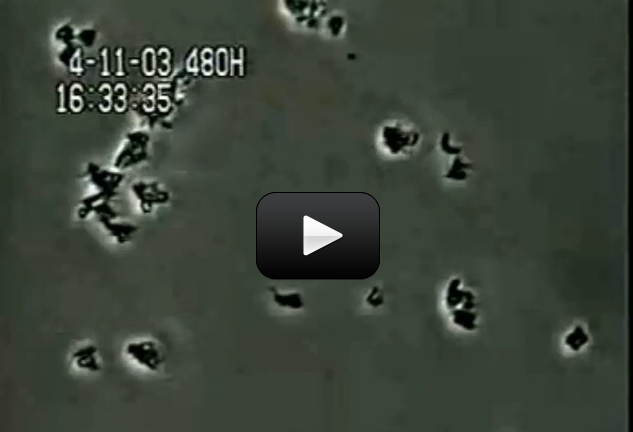
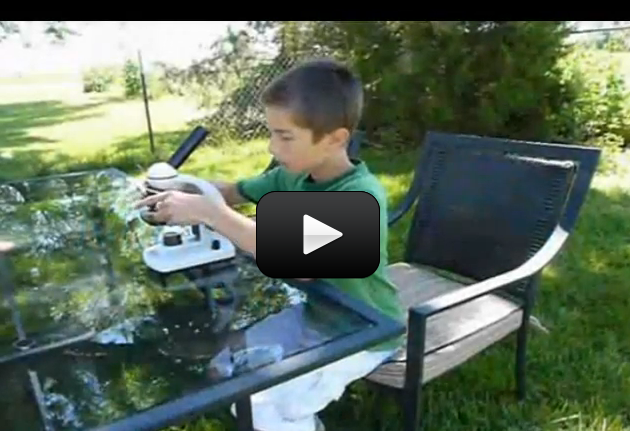
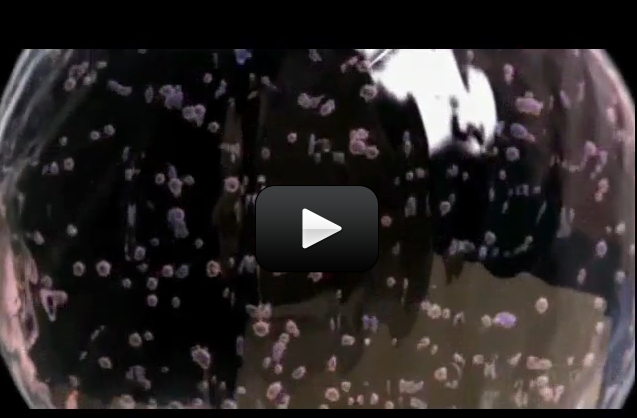

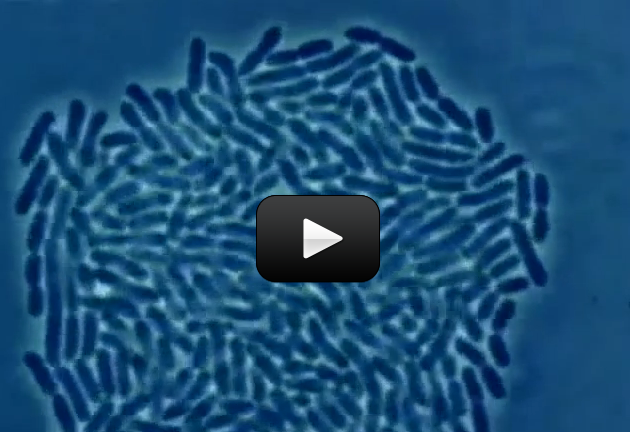
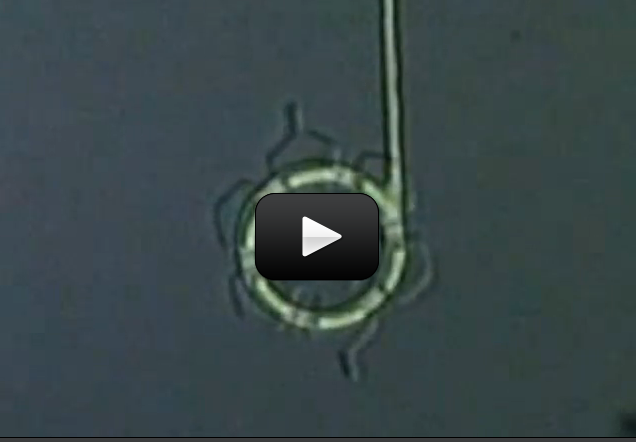
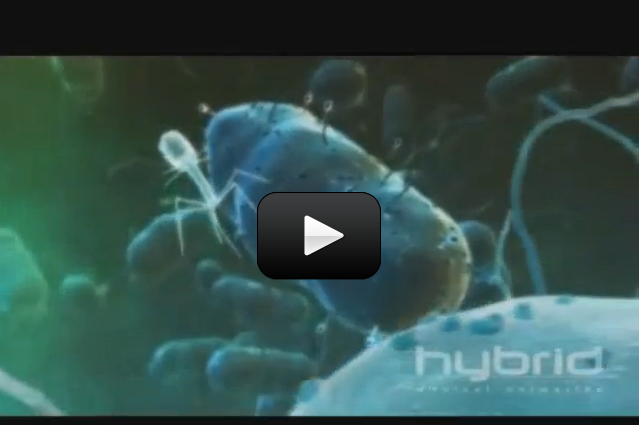
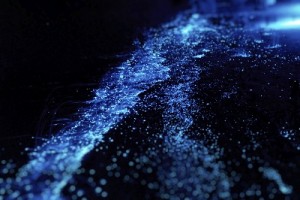
 Can your spit glow? Let’s hope not – because if it did, you’d have eaten fish contaminated by photobacteria!
Can your spit glow? Let’s hope not – because if it did, you’d have eaten fish contaminated by photobacteria!